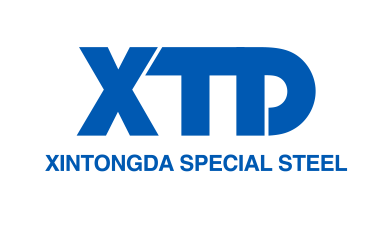Alloys 309 and Alloys
309S are austenitic chromium-nickel stainless steels that are often
used for higher temperature applications. Due to their high chromium and nickel
content, Alloys 309 and 309S are highly corrosion resistant, have outstanding
resistance to oxidation, and excellent heat resistance while providing good
strength at room and elevated temperatures. The only significant difference
between 309 and 309S is the carbon content. Alloy 309S has a much less carbon
composition which minimizes carbide precipitation and improves weldability.
Alloy 309 (UNS S30900) is an austenitic stainless steel developed
for use in high temperature corrosion resistance applications. The alloy
resists oxidation up to 1900°F (1038°C) under non-cyclic conditions. Frequent
thermal cycling reduces oxidation resistance to approximately 1850°F (1010°C).
Because of its high chromium and low nickel content, Alloy 309 can be utilized
in sulfur containing atmospheres up to 1832°F (1000°C). The alloy is not
recommended for use in highly carburizing atmospheres since it exhibits only
moderate resistance to carbon absorption. Alloy 309 can be utilized in slightly
oxidizing, nitriding, cementing and thermal cycling applications, albeit, the
maximum service temperature must be reduced.
When heated between 1202 – 1742°F (650 – 950°C) the alloy is subject to sigma
phase precipitation. A solution annealing treatment at 2012 – 2102°F (1100 –
1150°C) will restore a degree of toughness.
309S (UNS S30908) is the low carbon version of the alloy. It is
utilized for ease of fabrication. 309H (UNS S30909) is a high
carbon modification developed for enhanced creep resistance. It most instances
the grain size and carbon content of the plate can meet both the 309S and 309H
requirements.
|
Element |
309 |
309S |
309H |
|
Chromium |
22.0 min.-24.0 max. |
22.0 min.-24.0 max. |
22.0 min.-24.0 max. |
|
Nickel |
12.0 min.-15.0 max. |
12.0 min.-15.0 max. |
12.0 min.-15.0 max. |
|
Carbon |
0.2 |
0.08 |
0.04 min.-0.10 max. |
|
Manganese |
2 |
2 |
2 |
|
Phosphorus |
0.045 |
0.045 |
0.045 |
|
Sulfur |
0.03 |
0.03 |
0.03 |
|
Silicon |
0.75 |
0.75 |
0.75 |
|
Iron |
Balance |
Balance |
Balance |
|
Properties |
Metric |
Imperial |
|
Tensile strength, ultimate |
620 MPa |
89900 psi |
|
Tensile strength, yield (0.2%) |
310 MPa |
45000 psi |
|
Izod impact |
120 - 165 J |
88.5 - 122 ft-lb |
|
Modulus of elasticity |
200 GPa |
29000 ksi |
|
Shear modulus |
77 GPa |
11200 ksi |
|
Poisson ratio |
0.3 |
0.3 |
|
Elongation at break (in 50 mm) |
45% |
45% |
|
Hardness, Rockwell B |
85 |
85 |
